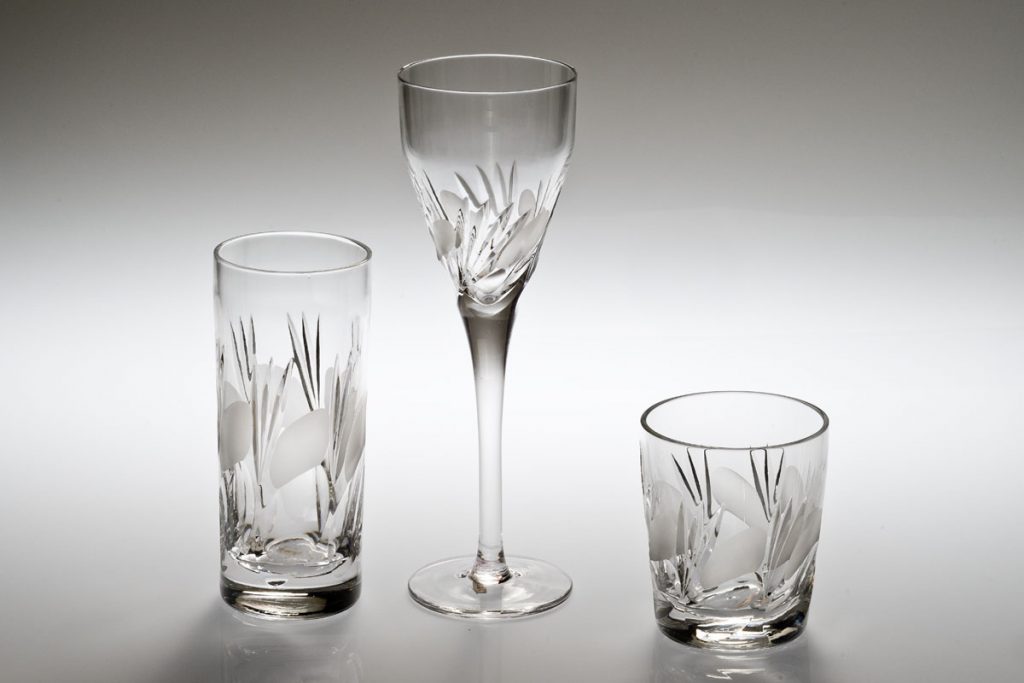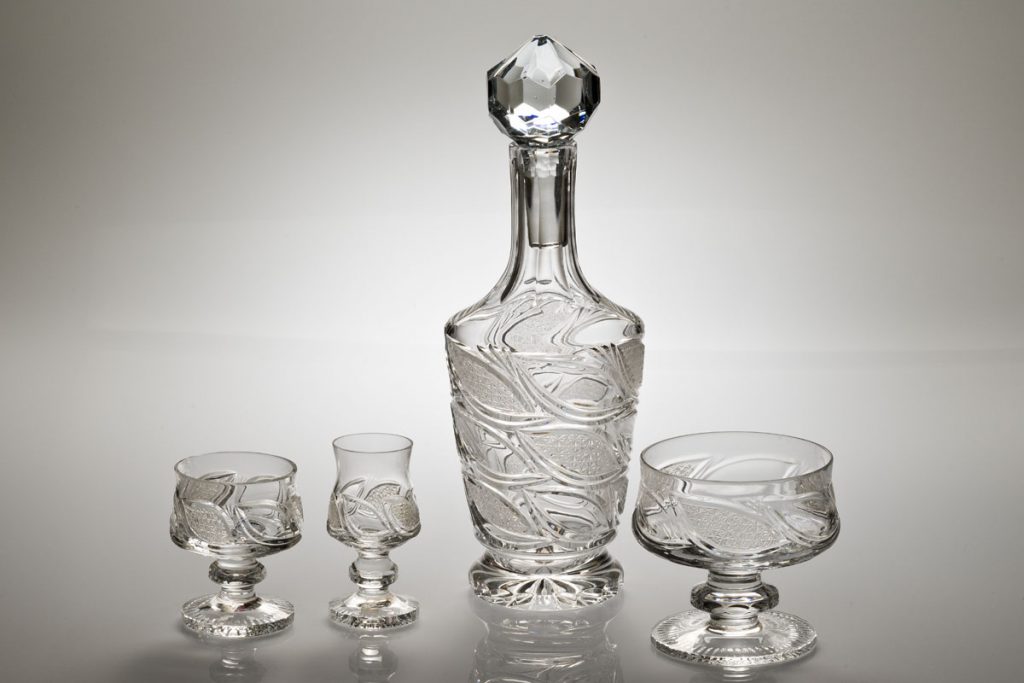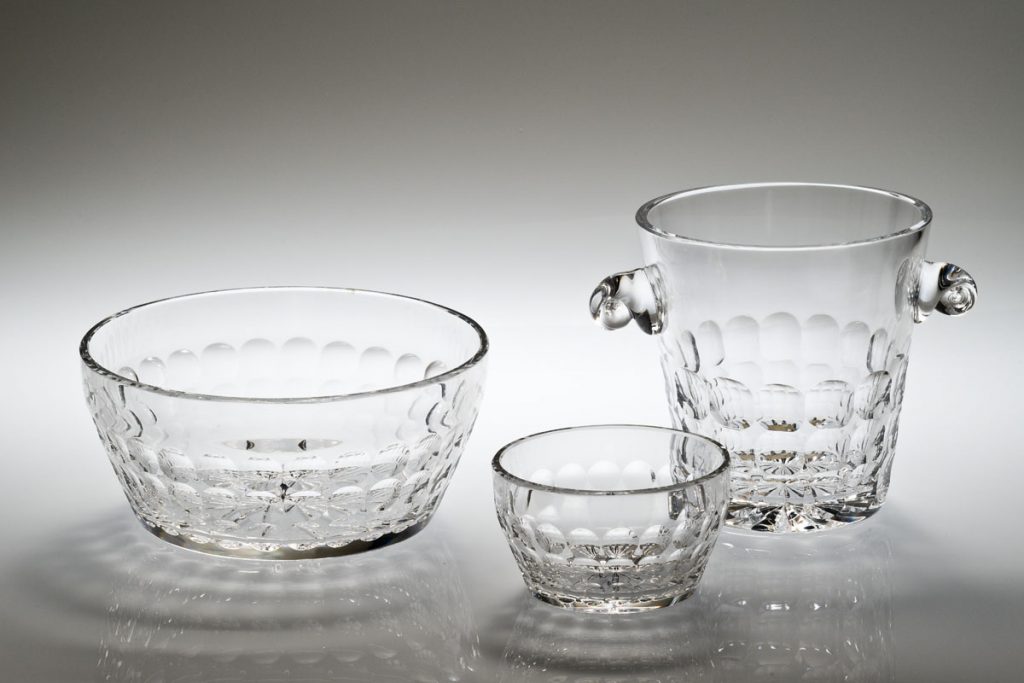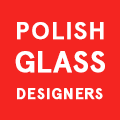
Glass as a substance and artistic material has – in addition to its great virtues – one disadvantage: sometimes it is too pretty. It has written in its inner nature all the layers of natural beauty and it exhibits this value as it were alone.
What seems to be an asset of this material may also be at the same time a kind of trap for the designer. It becomes something that begins to dominate, creating a kind of decorative, external, and not always necessary aura, blurring the clarity of the final message.
Stefan Sadowski is one of the few glass artists who have not succumbed to the decorative qualities of this noble material. Countless objects, implemented with consistency and artistic stubbornness, make up multi-threaded and various themed cycles. Making them over almost half a century, Sadowski uses a diverse style: from almost minimalist-treatment, through dishevelled expressiveness, often lined with an almost romantic perception of reality. At the same time knowingly, with feeling and technical virtuosity, he uses such natural qualities of the substance as its natural aesthetics and expression, and even the symbolism of the material.
Stefan Sadowski artistically convincingly materializes his own various inspirations, ideas and creative thoughts. His glass objects and sculptures are not elegant, decorative, and artistic gadgets but satisfy – as does a good picture, a wise book, a movie or a moving piece of music – the role of transmitter of ideas and thoughts.
Andrzej Klimczak-Dobrzaniecki, introduction to the Flamingos and Inselbergs exhibition included in the European Glass Festival 2016 programme.


MORE PHOTOS:
He studied at the Faculty of Painting and Glass, the Studium of Glass Design, State College of Fine Arts (currently: the E. Geppert Academy of Art and Design), Wrocław, Poland, 1963–1969.
After his graduation, he worked in the “Sudety” Crystal Glass Factory, Szczytna, Poland – from 1968 as a designer, from 1975 as the director, and later as the head specialist. In 1986 he founded his own workshop – the Glass Studio in Polanice-Zdrój, Poland.
He has received many awards, including: an honourable mention, Ogólnopolska Wystawa Szkła Artystycznego i Użytkowego, Katowice, Poland, 1975, 1977; the bronze medal, Glass Triennale (Triennale Szkła) in Kłodzko, Poland, 1977; the founded award, Ogólnopolska Wystawa Szkła Artystycznego i Użytkowego, Katowice, 1979; “Design of the Year” (“Wzór Roku”), Poznań International Fair, Poznań, Poland, 1982; the bronze medal, “Artists Confronting the Inconceivable”, the American Interfaith Institute, PA, USA, 1992.
He has participated in approx. 20 solo shows in Poland and abroad, including: Chateau d’Oupeye, Oupeye, Belgium, 1993; the National Museum in Wrocław, 2000. He has also participated in approx. 40 group exhibitions in Poland and abroad, including: the Coburg Prize for Contemporary Glass, Kunstsammlungen der Veste Coburg, Coburg, Germany, 1977, 1985; the International Exhibition of Glass Kanazawa, Kanazawa, Japan, 1990, 1992; “New Polish Glass” (“Nowe polskie szkło”), the Finnish Glass Museum, Riihimäki, Finland, 1996; “Polish Ceramics and Glass of the 20th-century” (“Ceramika i szkło polskie XX wieku”), the National Museum in Wrocław, 2004. He has participated in many editions of the Poznań International Fair and the International Frankfurt Fair (Messe Frankfurt), Frankfurt am Main, Germany.
His works are included in many public and private collections, such as: the National Museum in Warsaw, Poland; the National Museum in Wrocław; the National Museum in Poznań – Museum of Applied Arts, Poznań; the Karkonosze Museum, Jelenia Góra, Poland; Sielecki Castle, Sosnowiec, Poland; the Museum of the Kłodzko Land, Kłodzko; the Castle Museum in Kłodzko; Glasmuseet Ebeltoft, Ebeltoft, Denmark; the European Museum of Modern Glass, Rödental, Germany; Glasmalerei Peters Studios, Paderborn, Germany.
